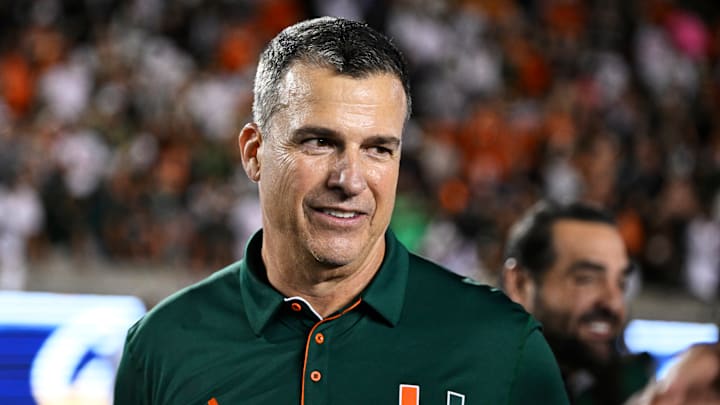A federal judge has approved a landmark $2.8 billion settlement, fundamentally altering the landscape of college athletics by allowing U.S. colleges to begin compensating student-athletes directly. This decision marks a significant departure from the NCAA's longstanding amateurism model.
The settlement, stemming from a lawsuit initiated nearly five years ago by Arizona State swimmer Grant House, challenges the NCAA and major conferences over revenue-sharing restrictions. Under the terms, schools can share up to $20.5 million annually with athletes and compensate former athletes with a collective $2.88 billion over the next decade.
The agreement also addresses roster concerns by allowing athletes cut due to new limits — now labeled "Designated Student-Athletes" — to return or transfer without penalty. However, concerns remain about walk-ons and Olympic sports athletes potentially losing opportunities. The ruling does not eliminate future legal uncertainties, as discrepancies in NIL laws across states persist. NCAA President Charlie Baker and others continue to advocate for federal legislation to ensure consistency and prevent further litigation.
This settlement signifies a seismic shift in college sports, acknowledging the substantial contributions of student-athletes to the multibillion-dollar industry. While it promises financial gains for many, the full impact on the collegiate athletic landscape, particularly for non-revenue sports, remains to be seen.
What is means for Miami
For the Hurricanes, as well as many other teams on the recruiting trail, there was a race to get NIL deals before midnight of June 7. Now, every NIL deal must be approved with NIL clearinghouse oversight. Also, any payments for pre-existing deals made after July 1 will have to be approved.
This deal affects football and basketball players the most as those sports typically bring in the most money for universities. Miami will need to allocate the money in an efficient way as they are trying to take the football program back to the glory days and elevate the basketball program back to competitiveness.
Miami will get $20.5 million to work with this year and that number will go up every year over the next decade. The Power 4 conferences also launched a new enforcement organization that will monitor the payments by schools and boosters.
New timeline for Miami sports and other schools
- June 11, 2025: NIL Go portal launches.
- June 15, 2025: Opt-in deadline for non-defendant schools to fully commit to revenue sharing.
- July 1, 2025: First date for direct revenue sharing payments from schools to student-athletes
- July 6, 2025: Opt-in schools must "designate" student-athletes.
- Start of 2025-26 academic year: With the exception of the "designated" student-athletes, fall sports must be at or below roster limits by their first day of competition.
- Dec. 1, 2025: With the exception of designated student-athletes, winter/spring sports must meet roster limit requirements.
